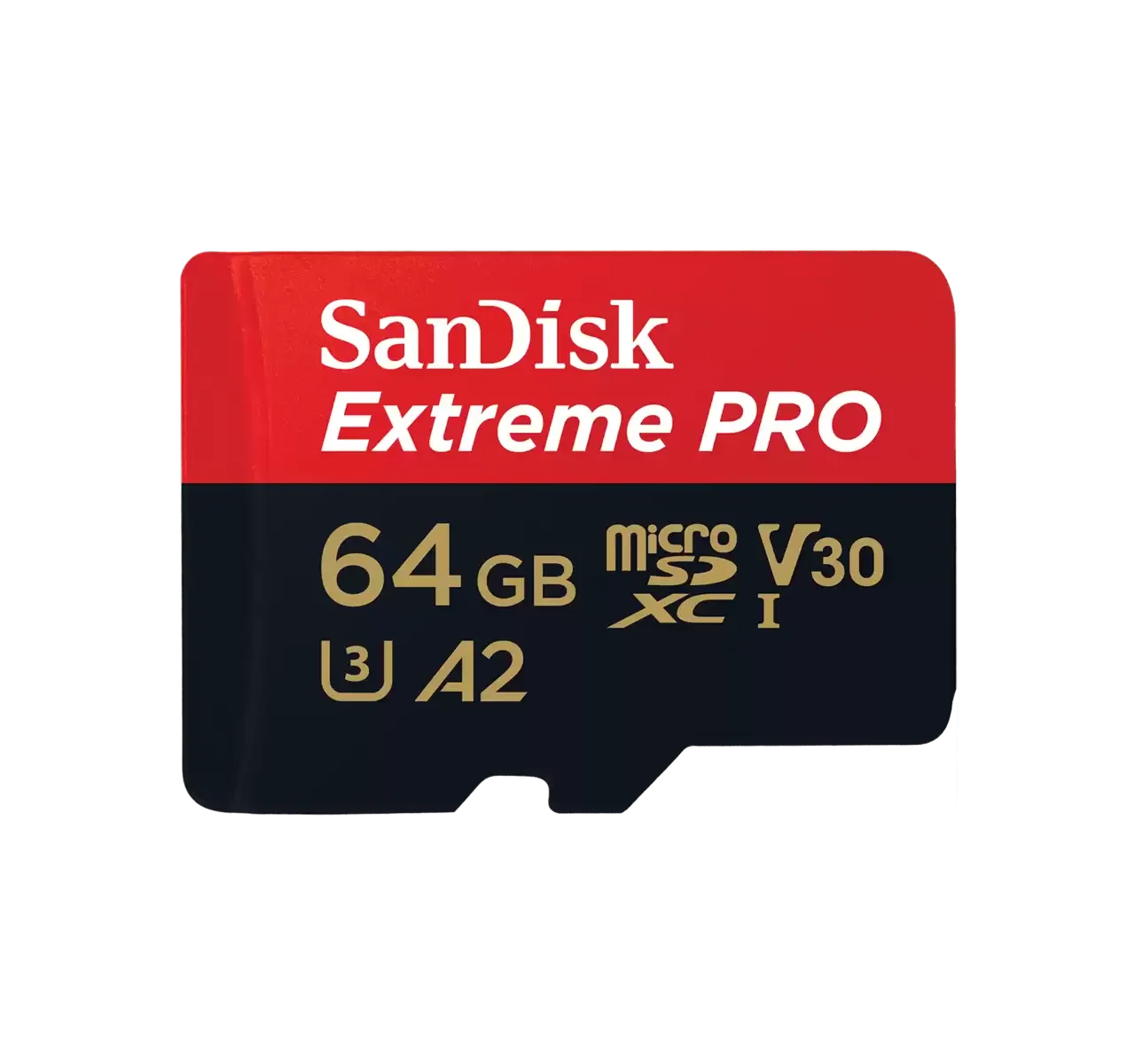SanDisk is a well-known name in the flash memory industry. Founded in 1988, they developed the first flash-based SSD. They were later acquired by Western Digital in 2016, before being spun off as a public company in early 2025.
SanDisk is a name I’ve long been aware of, and one that — prior to this project — I was biased in favor of. I have a number of single-board computers that take microSD cards, and I typically defaulted to the SanDisk Ultra 16GB for their storage — and most of the time, had no issues with them. And since they’re such a major brand, I wanted to make sure they were properly represented in this project.
I ordered these particular cards in different batches. Sample #1 came from Amazon; samples #2 and #3 came from AliExpress. The packaging appeared to be identical between the two versions, except for the fact that the Amazon version was printed in English, while the AliExpress version was printed in Chinese. The cards themselves appeared to be identical — including both external printing/artwork and internal registers.
The packaging advertises read speeds of up to 200MB/sec — and none of these cards got anywhere close to that mark, topping out at just over 87MB/sec. This sent me down a little bit of a rabbit hole, because I started asking myself if it was due to the card reader that I was using — the JJC CR-UTC4AC. JJC doesn’t specify which chip they use, but by looking at the USB ID of the reader, Genesys Logic’s product catalog, and going through some process of elimination, I was able to narrow it down to the GL3231S — and their product page specifically says that it supports SanDisk’s enhanced speeds:

Now…you could make the argument that this statement is saying “this reader supports the SANDISK EXTREME” and not that it supports the enhanced speeds offered by that card — but if that’s the case, why bother making that statement at all? Without the enhanced transfer rates, the SanDisk Extreme is just a regular SD card — and they don’t bother to call out any other SD cards by name. To me, this means that this reader should support the enhanced transfer rates offered by the SanDisk Extreme cards. (I’m also choosing to believe that it supports the SanDisk Extreme PRO cards as well.)
So the reader I’m using should be able to support the speeds advertised — and it’s been able to with other cards. Just not this one. Why? Got me…
This card, however, did perform above average in terms of sequential write speeds — with all cards scoring between the 84th and 92nd percentiles (as of the time of this writing). Random read speeds were just average, while random write speeds were below average.
These cards bear the U3, V30, and A2 marks. Performance on all three samples was good enough to qualify for the U3 and V30 marks, but it fell short of the requirements for even the A1 mark, not to mention the A2 mark. However, I’ll throw in my standard disclaimer: my performance testing methods do not align with those prescribed by the SD Physical Layer Specification; it’s possible that they would have done better had they been tested under proper conditions. (In addition, no card I’ve tested so far has met the threshold for the A2 mark — but that’s probably more to do with the fact that I don’t have the proper equipment to test for that rather than a failure on the card’s part.)
On the endurance testing front:
- Sample #1’s first error was an eight-sector wide address decoding error during round 2,034. It continued just fine — with no further errors — for the next 7,700 read/write cycles, until the USB hub to which its reader was attached stopped working and needed to be reset. Afterwards, this card decided that it was done and stopped responding to commands.
Sample #2 was doing quite well until I shut down the host machine to which this card was attached (so that I could shuffle some equipment around in my server closet). When I powered it back on, it would no longer respond to commands. It had not experienced any other errors up until that point. As an interesting side note, this card currently holds the record for “fastest card during endurance testing”, with an average of about 2.88TiB (3.17TB) written to it per day. (I don’t put too much stock in this, however, because most of the cards I’m testing are artificially slowed down during endurance testing due to the fact that the USB bus is almost always being overloaded — and this card is running on a machine where that’s not the case.)
Because this card was tested on a machine whose USB bus was not constantly saturated, let’s take a look at how well the card performed during endurance testing:
From this data, you can see a noticeable dip in performance on April 30th. What happened around this date that caused this to happen? I honestly don’t know. This machine did suffer from a power failure, but that didn’t happen until several days later. However, if you look at the SanDisk Industrial 8GB below, you’ll notice that it suffered a performance dip at about the same time — so it would seem that whatever caused it affected both of them.
- Sample #3 was doing just fine until round 3,101 — when it decided to randomly stop responding to commands.
Overall? These cards offer impressive write speeds — which can be crucial if you’re using it in, say, a high-resolution video camera. Sub-par random write speeds might make it less suitable for something like a gaming console or single-board computer. However, they came in below average for endurance — and SanDisk cards have shown a tendency to randomly fail when power to them is cut. I’m not terribly impressed, especially seeing as how they’ve been outperformed in pretty much every metric by — for example — the Kingston Canvas Go! Plus or even the SanDisk Extreme. I’d say you’d be better off spending your money on one of those instead.
November 9, 2025

